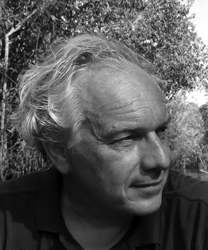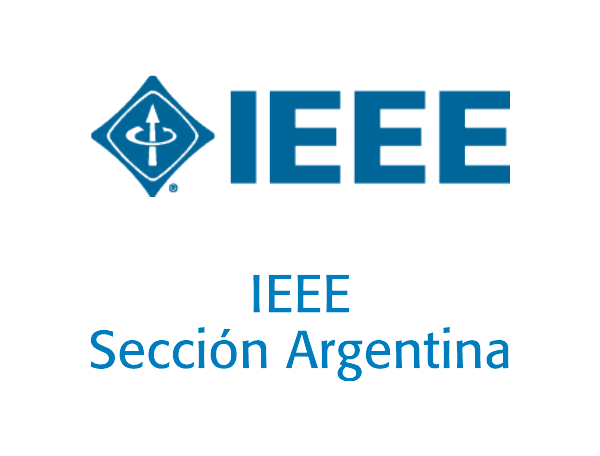Phytoplankton diversity and community composition in Senegal upwelling from in-situ digital holographic microscopy

Université libre de Bruxelles (ULB)
Resumen de la conferencia/Conference Abstract
North Western African coast is characterized by a highly productive Eastern Boundary Upwelling Ecosystem (EBUE) occurring from Morocco to Senegal. The pelagic fisheries ecosystem off the small Senegalese coast (“Petite Côte”) in the South part of the Canary Current was assessed, taking into account the climate and the physical environment. In complement to traditional physicochemical profiling, multi-frequency echosounding and net sampling, a submersible digital holographic microscope (DHM) was deployed to study the microorganism population in the upper mixed water layer. The holographic camera Holoflow@Sea was designed to image aquatic organisms, particles and bubbles of microscopic size in situ, i.e., by immersion in the natural environment or, on board the survey vessel, in a tank containing a large volume (> 100 l) of water sample freshly collected from the sea. The microscope is based on a Mach Zehnder interferometer with a 635-nm laser source of reduced partial coherence, split into a reference beam and an object beam traversing the water body. Its current version with 10X microscope lenses is targeted to the size range 2 μm–200 μm, covering most of the plankton compartment. Interference with the reference beam is recorded by a 2kx2k CCD sensor, for an imaged sample water volume of 2 μl. Using advanced algorithms, the semi-transparent objects are reconstructed in great detail not only in amplitude but also in phase, providing additional information about morphology and composition for species identification. About a quarter of a million of holograms were examined manually to extract and reconstruct every object captured by the camera. They were classified in main groups and identified at the species level whenever possible. The holographic microscope contributes to a better understanding of the organization and functioning of the ecosystem.
Biografía/Biography
Dr. Eng. Jean Pierre Hermand, received the Ph.D. degree in applied sciences from the Université libre de Bruxelles (ULB), Brussels, Belgium, in 1994. He was awarded Fellowship of the Acoustical Society of America in 2007 and Fellowship of the Institute of Electrical and Electronics Engineers (IEEE) in 2009. Between 1985 and 2000, he has held several positions at the SACLANT Undersea Research Centre, La Spezia, Italy, leading research on acoustic sensing and inversion techniques for the characterization of marine sediment. Currently, he is professor at ULB where he founded the Environmental Hydroacoustics Lab (EHL) in 2001, which merged in 2012 to form the Laboratories of Image, Signal processing and Acoustics (LISA). His research interests lie in exploring non-traditional acoustic methods that contribute to a better understanding of marine ecosystems functioning and sediment processes, and to the assessment of submerged Stone Age sites. Besides acoustical oceanography, he has been involved in the development of in-situ digital holographic microscopy for plankton research and musical acoustics research. jhermand@ulb.ac.be.
Volver a Disertantes distinguidos
Return to Distinguished Lecturers

